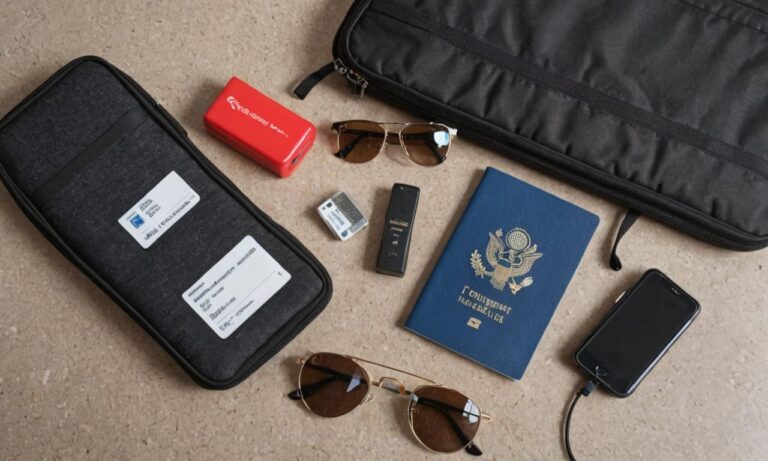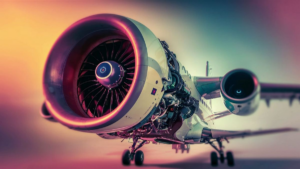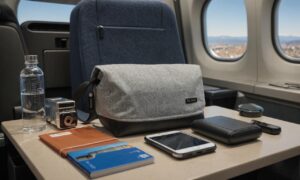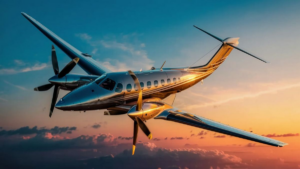Traveling by plane can often raise questions regarding what items can be brought on board, especially when it comes to alcoholic beverages. Whether you’re planning a vacation or a business trip, understanding the rules and regulations surrounding bringing liquor on a plane is essential for a smooth travel experience.
Understanding Airline Regulations
First and foremost, it’s important to recognize that regulations regarding bringing liquor on a plane can vary depending on the airline and the specific route you’re traveling. While some airlines may allow passengers to carry alcohol on board, others may have strict policies prohibiting it. Therefore, it’s crucial to check with your airline before packing any alcoholic beverages in your carry-on or checked luggage.
Transporting Liquor in Carry-On Luggage
Generally, passengers are permitted to bring small amounts of liquor in their carry-on luggage, subject to certain restrictions. Most airlines allow travelers to bring alcohol in containers of 3.4 ounces (100 milliliters) or less, provided they are placed in a clear, quart-sized plastic bag in accordance with Transportation Security Administration (TSA) guidelines for liquids.
It’s important to note that the 3-1-1 rule applies to alcoholic beverages in carry-on luggage, just as it does for other liquids. This means that each passenger is limited to one quart-sized bag containing containers of alcohol that are 3.4 ounces or less.
Checking Liquor in Luggage
When it comes to checking liquor in your luggage, the rules may differ depending on the airline and destination. Some airlines may allow passengers to pack larger bottles of alcohol in their checked luggage, while others may prohibit it altogether.
Before packing any liquor in your checked baggage, it’s advisable to check with your airline to determine their specific policies regarding alcohol transportation. Additionally, be aware of any restrictions or regulations imposed by the country or region you’re traveling to, as they may have their own set of rules governing the importation of alcohol.
Special Considerations
It’s important to exercise caution when transporting liquor on a plane, regardless of whether it’s in your carry-on or checked luggage. Be sure to securely pack any bottles to prevent leakage or breakage during transit. Additionally, keep in mind that alcohol consumption may be restricted or prohibited on certain flights, particularly those operated by budget airlines or those traveling to countries with strict alcohol laws.
Ultimately, the key to bringing liquor on a plane is to familiarize yourself with the policies of your airline and destination, and to adhere to any guidelines and restrictions they may have in place.
Bringing liquor on a plane can be permissible under certain conditions, but it’s important to understand and comply with the regulations set forth by your airline and destination. By familiarizing yourself with the rules and exercising caution when transporting alcohol, you can ensure a hassle-free travel experience.
Tips for Packing Liquor Safely
Ensuring that your liquor bottles are packed securely is crucial to prevent any mishaps during your travels. Here are some tips to help you pack your liquor safely:
- Wrap each bottle in bubble wrap or clothing to provide cushioning and minimize the risk of breakage.
- Place bottles in the center of your luggage, surrounded by soft items like clothing or towels, to absorb any shocks or impacts.
- Consider using specialized bottle protectors or sleeves designed for travel to provide additional protection.
- If carrying multiple bottles, try to distribute them evenly throughout your luggage to balance the weight and avoid concentrated pressure on one area.
- Double-check that all bottle caps or lids are securely tightened to prevent leakage during transit.
Prohibited Items
While alcoholic beverages are generally permitted within specified limits, there are certain items that are strictly prohibited from being brought onto a plane. These may include:
- Explosives, including fireworks and flares.
- Flammable liquids and gases, such as gasoline or propane.
- Sharp objects like knives or scissors (except for those with blade lengths under a certain limit).
- Toxic substances and chemicals.
Additional Security Measures
Aside from adhering to airline and TSA regulations, it’s important to remain vigilant and cooperate with security personnel during the screening process. Here are some additional security measures to keep in mind:
- Arrive at the airport with ample time to spare, especially if you’re carrying items that may require additional screening.
- Be prepared to remove your liquor bottles from your carry-on luggage during the security screening process, as they may need to be inspected separately.
- Follow any instructions given by security personnel and remain patient throughout the screening procedure.
Frequently Asked Questions
| Question | Answer |
|---|---|
| Can I bring homemade liquor on a plane? | The regulations for homemade liquor vary depending on the airline and destination. It’s advisable to check with your airline and review local regulations before attempting to bring homemade liquor on a plane. |
| Are there any restrictions on duty-free alcohol purchased at the airport? | Generally, duty-free alcohol purchased at the airport is allowed in carry-on luggage if it meets TSA guidelines for liquids. However, it’s important to be aware of any restrictions imposed by your airline or destination. |
See also:






